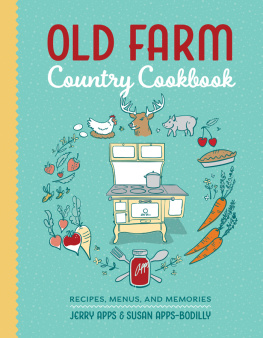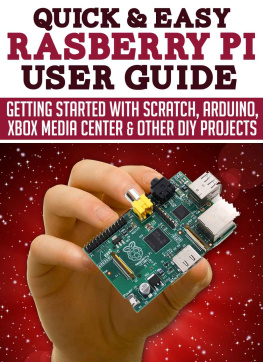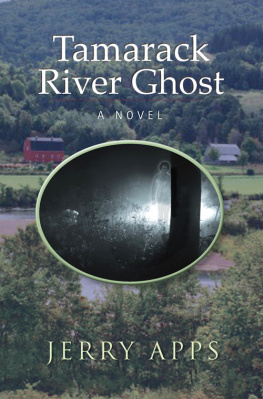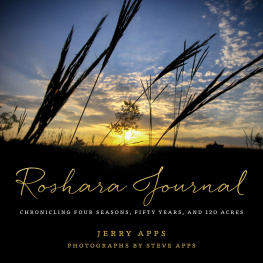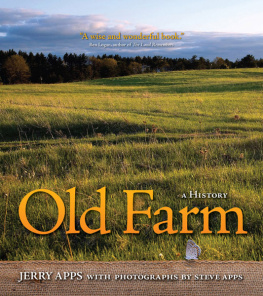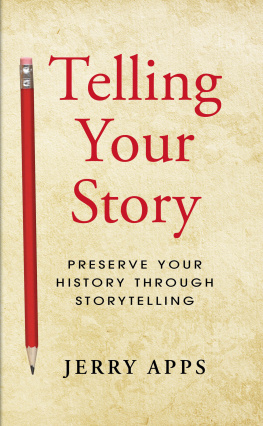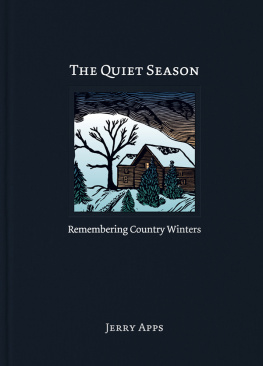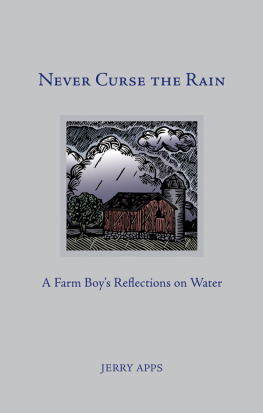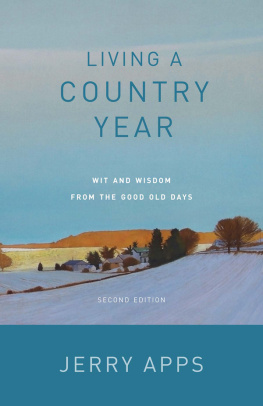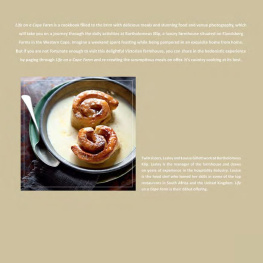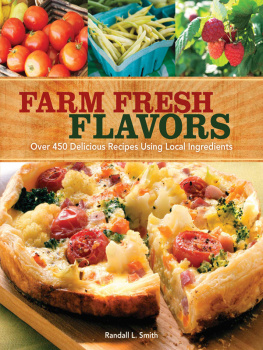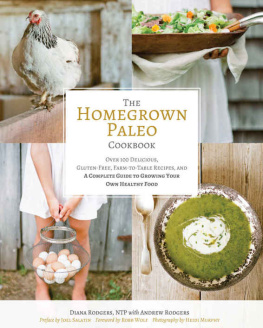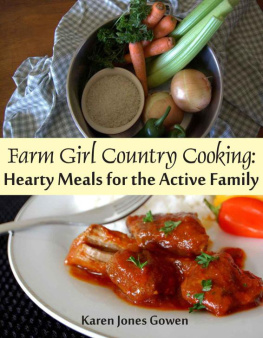

Published by the Wisconsin Historical Society Press
Publishers since 1855
The Wisconsin Historical Society helps people connect to the past by collecting, preserving, and sharing stories. Founded in 1846, the Society is one of the nations finest historical institutions.
Order books by phone toll free: 888-9991669
Order books online: shop.wisconsinhistory.org
Join the Wisconsin Historical Society: wisconsinhistory.org/membership
2017 by Jerold W. Apps and Susan Apps-Bodilly
E-book edition 2017
All photographs courtesy of the authors.
For permission to reuse material from Old Farm Country Cookbook (ISBN 9780-870208300; e-book ISBN 9780-870208317), please access www.copyright.com or contact the Copyright Clearance Center, Inc. (CCC), 222 Rosewood Drive, Danvers, MA 01923, 9787508400. CCC is a not-for-profit organization that provides licenses and registration for a variety of users.
Design and illustration by Steve Biel
21 20 19 18 17 1 2 3 4 5
Library of Congress Cataloging-in-Publication Data
Names: Apps, Jerold W., 1934 author. | Apps-Bodilly, Susan, author.
Title: Old farm country cookbook : recipes, menus, and memories / Jerry Apps and Susan Apps-Bodilly.
Description: Madison : Wisconsin Historical Society Press, [2017] | Includes bibliographical references and index.
Identifiers: LCCN 2016053381 (print) | LCCN 2017000093 (ebook) | ISBN 9780870208300 (pbk. : alk. paper) | ISBN 9780870208317 ()
Subjects: LCSH: Cooking, AmericanMidwestern style. | Farm lifeUnited StatesHistory20th century. | LCGFT: Cookbooks.
Classification: LCC TX715.2.M53 A676 2017 (print) | LCC TX715.2.M53 (ebook) | DDC 641.5977dc23
LC record available at https://lccn.loc.gov/2016053381
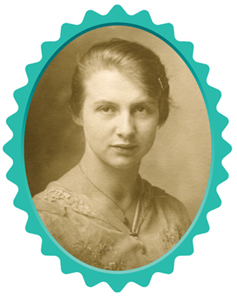
To Eleanor Apps, who left behind a recipe box
chock-full of wonderful things to cook and bake.
CONTENTS
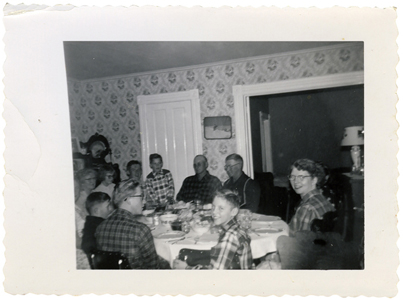
A large group gathered around the Apps dining room table for Thanksgiving dinner in the early 1960s.
We wish to thank several people for making this book possible.
Eleanor Apps, Jerrys mother and Susans grandmother, provided the inspiration, and her recipe box was the source for most of the recipes included here.
Ruth Apps, a professional home economist, helped test many of the recipes, looked over our work, and made many important suggestions for improving the manuscript.
The Wisconsin Historical Society Press, under the able leadership of Kathy Borkowski, deserves a big thank-you for its commitment to publishing works such as this.
And finally, Kate Thompson, senior editor at the Wisconsin Historical Society Press, whose idea it was to create this book, deserves enormous credit for her work in blending the stories and recipes to make something of lasting value.
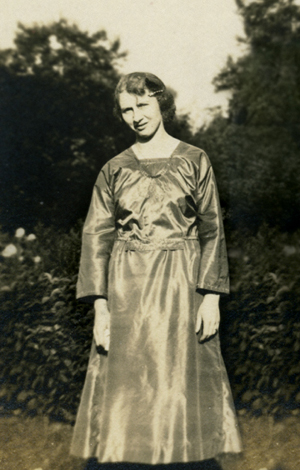
Eleanor Apps as a young woman
As I think back to the years when I was growing up on a small dairy farm in central Wisconsin during the latter years of the Great Depression and World War II, I dont know how my mother did it. Eleanor Apps did all of the baking and cooking for our family of five without electricity or running water, without a refrigerator, and using a wood-burning cookstove. And she did it well.
Those were challenging times. Farm income was meager during the 1930s, and during the war years that followed, rationing made Mas work in the kitchen even more difficult. Yet her ever-present recipe box gave her the ideas and information she needed for providing wonderful meals. I dont remember ever going to bed hungry, although many children did during that time.
I remember so well when electricity came to our farm, in 1947, and a refrigerator replaced the icebox, a home freezer eliminated many jars of preserved food on the cellar shelves, and lightbulbs replaced kerosene lamps and lanterns. My mother added new recipes to her already long list, including such things as Jell-O and ice cream desserts that required refrigeration.
As I thought about those years, it occurred to me that people today might be interested in Mas recipes and the role that food played in our lives in those daysfor its importance went well beyond providing sustenance. Yet I know next to nothing about cooking. I do it on occasion, but I seem to have inherited my fathers cooking skills, which my mother described with one phrase: Your father cant boil water without burning it. I talked to my daughter, Susan, who is a teacher, an author, and a good cook, and she agreed to co-write this book with me, taking charge of the menus, recipes, and illustrations. My wife, Ruth, a professional home economist, agreed to help out as needed. She read everything Sue and I wrote, tested many of the recipes, and checked all of them to make sure they were accurate. She was of great help in providing directions that were often missing on my mothers recipe cards.
In the days of my youth, preparing food from scratch was the way things were done, and people knew what was in their food and where it came from. Good food was at the center of our family and social affairs, especially those times when neighbors got together to help each other at threshing, sawing, silo-filling, and corn-shredding bees. For me, food will always be associated with those times of good eating, storytelling, laughter, and good-hearted fun.
Jerry Apps

My grandma Eleanor Appss white wooden box, with a hinged lid that flips up, holds recipe cards. They are simple lined index cards, scraps of paper, or little pieces of cardboard. On the cards are recipes for cakes and cookies, salads and breads, written with blue ink in her cursive handwriting.
A closer look reveals a story. Its a story of many hours of work, of time spent preparing meals for her family and others who ate at the kitchen or dining room tables. The cards are yellowed and covered with food spills, and often in the top right corner is the name of a sister, a friend, or a neighbor who shared something of themselves by sharing a recipe.

These cards are written in the language of food from that time: a pinch of this, season with salt and pepper to taste, bake for about an hour. Why is there no mention of an oven temperature? My grandma cooked on a woodstove and knew the kind and amount of wood to use to heat the oven for baking pies, a hotdish, or bread. Why is there no mention of a mixer or blender? Her early kitchen did not have electricity; she mixed, chopped, and stirred by hand.


